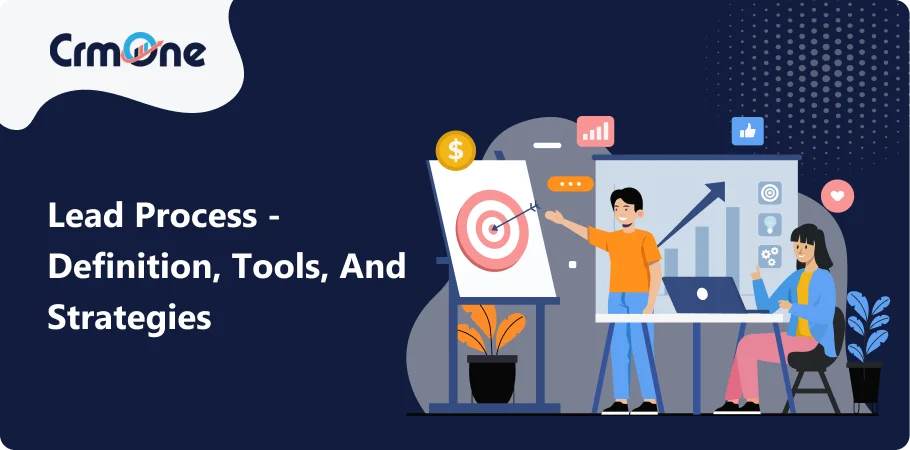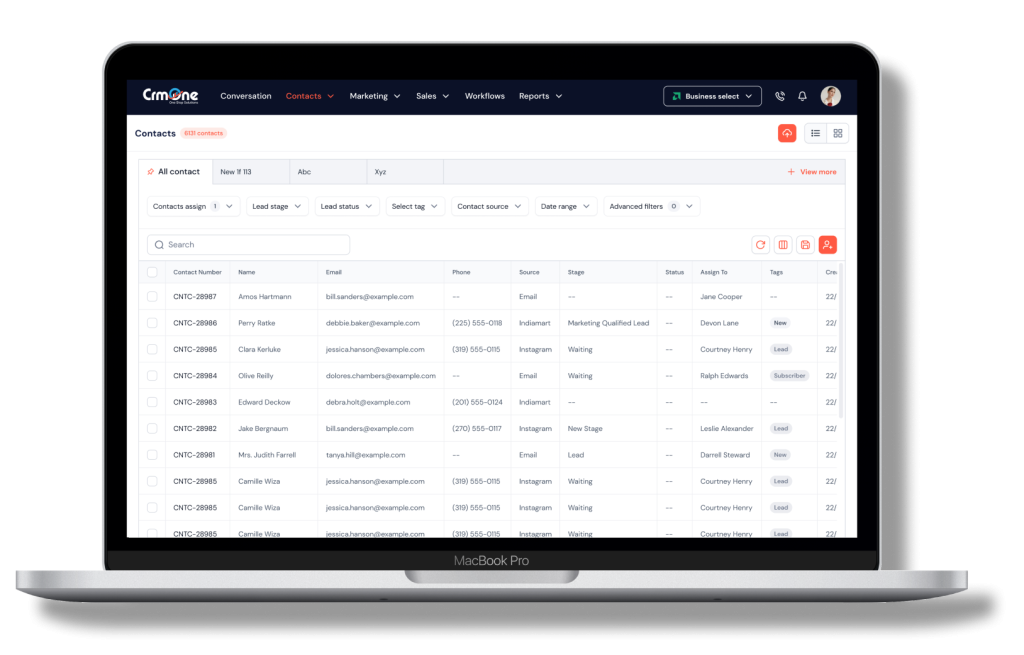Welcome to our comprehensive guide on mastering the lead process—the heartbeat of any thriving business. In this journey, we’ll explore the intricate dance between identifying potential customers, nurturing them, and finally guiding them through the sales funnel to a successful purchase. This lead management process is not just about cold calls or emails; it’s about building relationships and understanding needs, ensuring that your sales team engages with marketing qualified leads who are genuinely interested in what you offer.
So, why is the lead management so crucial in today’s business landscape? In an era where consumers are bombarded with choices, making your voice heard above the noise is paramount. A well-oiled lead process helps you generate leads more efficiently and ensures they are of high quality—meaning they have a higher chance of converting into paying customers. This process is the foundation of your sales process, dictating the efficiency and effectiveness of your entire sales strategy.
This blog aims to demystify the lead management software and make it accessible to everyone, from seasoned sales veterans to those just dipping their toes into the world of Lead Acquisition. We’ll take you through identifying and nurturing leads, emphasize the importance of engaging with qualified leads, and discuss strategies to optimize your sales process for better results. Whether you’re looking to refine your existing strategy or build a Lead Acquisition plan from scratch, we aim to provide you with the knowledge and tools you need to succeed.
By the end of this guide, you’ll understand how to generate leads more effectively and how to create a seamless journey for your potential customers, from initial contact to final sale. So, let’s embark on this journey together and unlock the full potential of your marketing and sales teams and lead process.
What is the Lead Process
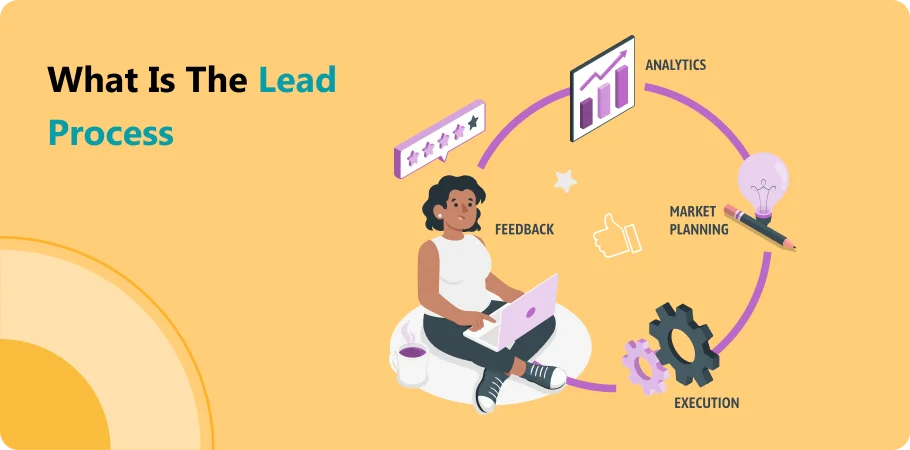
The lead management process is a fundamental component of a business’s sales and marketing strategy, designed to identify, engage, and convert potential customers into actual buyers. Here’s a breakdown for clarity:
At its core, the lead management process involves steps that begin with identifying potential customers, or “leads,” and end with converting these leads into paying customers. It’s a journey that encompasses everything from the first point of contact to the final sale. The ultimate goal of the lead process is to streamline and enhance the efficiency of converting prospects into loyal customers, thereby driving sales growth and increasing revenue for the business.
Firms must comprehend and optimize the lead process to grow their market share and establish enduring relationships with their customers.
Roles and Responsibilities
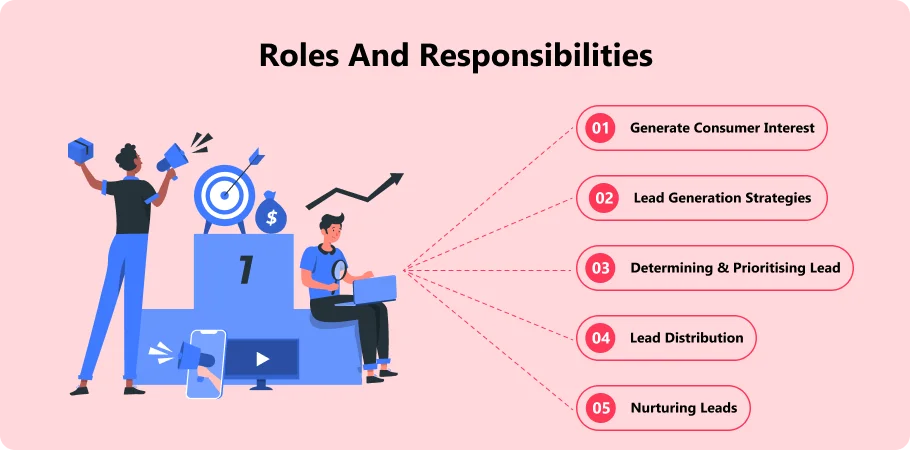
Sales Executives:
They are on the front lines, directly engaging with prospects and customers, guiding them through the sales funnel, and closing deals. Their primary role is to convert sales lead-generation activities into actual sales.
Lead Generation Specialists:
Focused on the top of the sales funnel, these specialists execute lead-generation strategies to attract potential customers. Their efforts are critical in filling the pipeline with high-quality leads.
Account Managers:
Responsible for nurturing long-term relationships with existing customers, ensuring satisfaction, and identifying opportunities for upsells and cross-sells.
Sales Managers:
They oversee the sales team, setting targets, strategizing sales efforts, and ensuring the team’s activities align with the overall business goals.
Lead Generation Process:
Specialists in lead generation work tirelessly to populate the sales funnel with potential leads through various generate leads strategies. This is the first step in the lead management process, where the focus is on the quantity and quality of leads.
Lead Scoring:
Once leads are in the funnel, the team uses lead scoring to prioritize and assess which leads are ready for sales representatives to approach. This ensures that the sales and marketing teams are in sync and that efforts are concentrated on leads with the highest conversion potential.
Conversion:
The ultimate goal is turning these leads into customers, and sales representatives play a critical role in this lead management process. Through personalized engagement and understanding the needs of each lead, they navigate the lead through the sales funnel to conversion.
Collaboration between Teams:
A seamless collaboration between the sales and marketing teams must exist for the lead-generation process to be effective. Marketing generates the leads, while sales convert them.
Unified Strategy:
All sales team members must be aligned on the business’s goals, target audience, and generate lead efforts. Regular meetings and communication ensure everyone is on the same page.
Flexibility and Adaptability:
In response to feedback from the sales team, the Lead Acquisition strategies and sales efforts may need to be adjusted. This dynamic approach allows for continuous improvement in the lead processes.
An effective sales team understands the importance of each role in the generating leads process and sales lead generation. By working together and leveraging each other’s strengths, they can efficiently manage and convert leads, driving the business toward its sales targets.
Generating Qualified Leads
Not all leads are created equal in sales and marketing. The distinction between a simple lead and a qualified lead can significantly impact your sales cycle’s efficiency and effectiveness. Understanding how to identify and generate high-quality leads is a critical component of a successful sales strategy. Let’s explore what makes a lead qualified and the strategies and tools to enhance this lead process.
Strategies for Identifying and Generating Qualified Leads
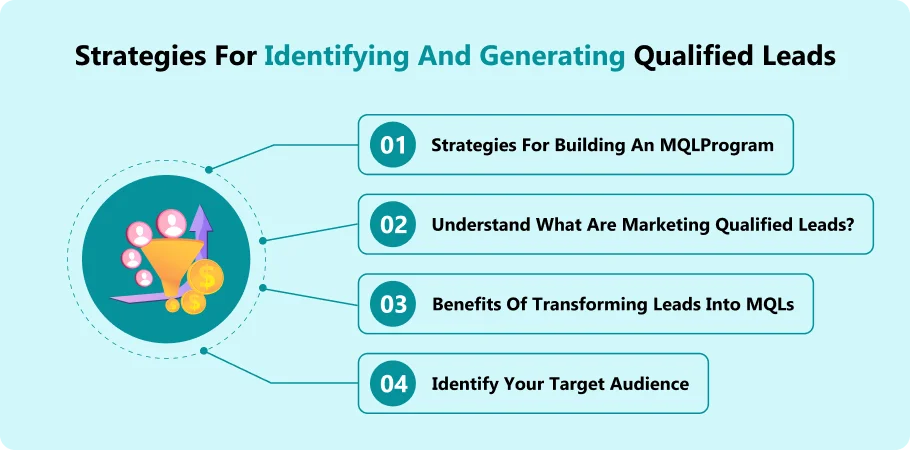
Target Audience Analysis:
Know your ideal customer profile. Understanding who your product or service is for allows you to tailor your Lead Acquisition efforts more effectively, ensuring you’re reaching potential leads with a genuine interest in what you offer.
Content Marketing:
Produce content that addresses the problems and needs of your target audience. This can attract high-quality leads actively seeking solutions, making them more likely to engage with your brand.
Social Media Platforms:
Use social media platforms strategically to connect with and engage your target audience. In B2B environments, Instagram and Facebook could be more appropriate than LinkedIn, which is particularly useful for generate leads in B2B settings.
Lead Scoring:
Implement a lead scoring system to evaluate leads based on their engagement with your brand and fit with your target demographic. This helps prioritize sales professional efforts toward the most promising leads.
Referral Programs:
Encourage satisfied customers to refer others. Referrals can be a powerful way to generate leads that are more likely to be qualified because there’s already a level of trust and interest.
Technologies to Streamline the Process
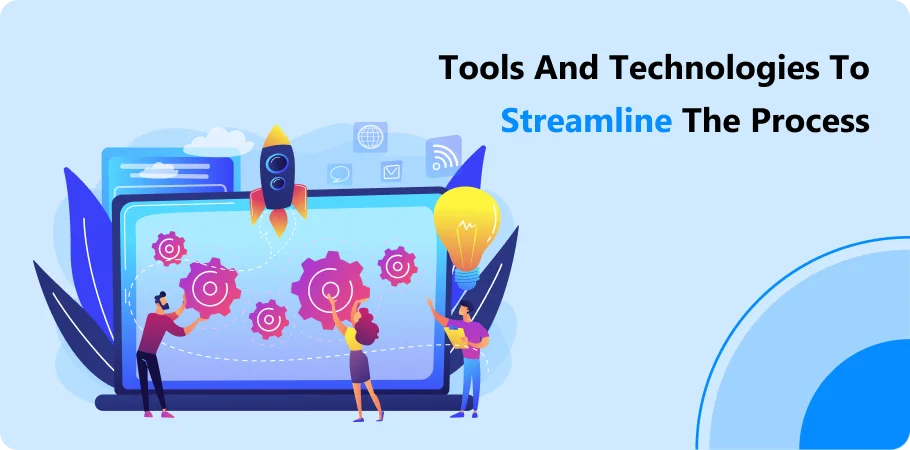
CRM Software
Customer Relationship Management (CRM) software is designed to help businesses monitor interactions with both current and prospective clients. By lead tracking feature, CRM software provides insightful data that can be used to better qualify leads. This means businesses can determine which prospects are most likely to become customers and focus their efforts on these high-potential leads. Additionally, CRM software helps maintain a detailed history of customer interactions, making it easier to personalize future communications and build stronger relationships.
Marketing Automation Tools
Marketing automation tools are technologies that automate repetitive tasks, such as social media postings and email marketing. By automating these lead management process, businesses can run more specialized and targeted campaigns without the need for constant manual effort. These tools enable marketers to create campaigns that are tailored to specific segments of their audience, increasing the likelihood of attracting sales qualified leads. For example, automated email campaigns can be triggered based on user behavior, ensuring that the right message reaches the right person at the right time.
Data Analysis Tools
Data analysis tools are essential for understanding your audience’s behavior and preferences. By using these tools, businesses can gather and analyze data on how users interact with their website, social media, and other online platforms. This information can inform lead-generation strategies, helping businesses identify which tactics are most effective in attracting new customers. Additionally, data analysis can help optimize marketing budgets by showing which campaigns provide the best return on investment. By understanding where to allocate resources, businesses can maximize their marketing efforts and achieve better results.
Lead Generation Platforms:
Platforms designed for generate leads can help identify potential leads based on specified criteria, making it easier to focus efforts on those most likely to convert.
By generating qualified leads, businesses can ensure that their marketing budget is spent more efficiently, targeting individuals who are more likely to purchase. This improves the chances of hitting revenue targets and makes the sales cycle more efficient, as sales professionals can focus their efforts where they’re most likely to see results.
Techniques for Nurturing Leads
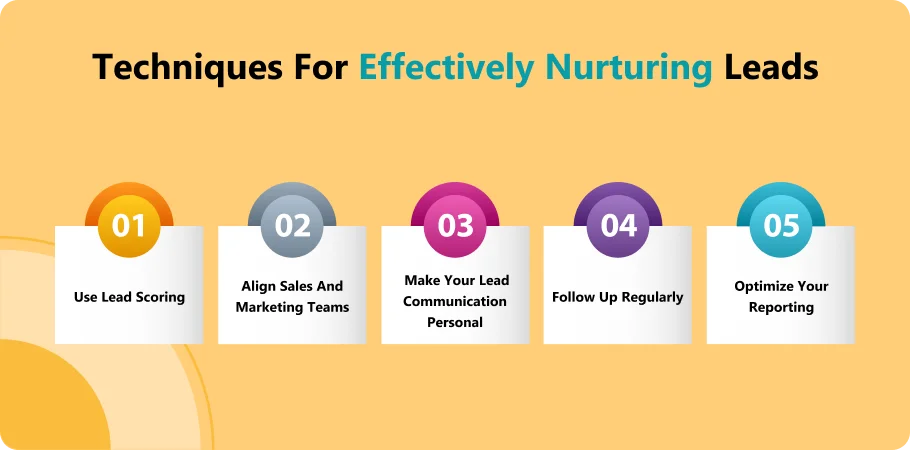
Segmentation:
Sort your leads into groups according to purchase stages, preferences, or habits. This makes communication more relevant and customized.
Personalization:
Customize your messaging to address each segment’s specific needs, interests, and pain points. Personalization goes beyond just using the lead’s name; it’s about relevant content that resonates.
Lead Scoring:
Implement lead scoring to prioritize leads according to their involvement level and purchase readiness. This helps in efficient lead distribution among sales reps, ensuring that the most promising leads are followed up on promptly.
Educational Content:
Provide valuable information that helps leads solve their problems or make informed decisions. This can include blog posts, ebooks, webinars, and case studies—**just a few examples** of content that can engage and nurture leads.
Drip Campaigns:
Utilize automated email sequences that deliver the right message at the right time, based on the actions taken by leads. Drip campaigns keep your brand at the forefront of your mind and gently guide leads through the sales funnel.
Multi-Channel Approach:
Engage leads across multiple platforms (email, social media, webinars, etc.) to cater to their preferred mode of communication. This ensures your message is seen, regardless of where they spend their time.
Feedback Loops:
Encourage and monitor feedback from your leads to better understand their needs and adjust your approach accordingly. This can help refine your nurturing strategies and content.
Consistent Follow-Up:
Sales reps’ regular check-ins can keep the conversation going and show leads that their business is valued. When it comes to converting a lead, timely follow-up matters greatly.
Conversion Rates:
With lead tracking how many nurtured leads move on to the next stage in the sales funnel and how many convert into customers. High conversion rates indicate effective nurturing.
Engagement Metrics:
Analyze open rates, click-through rates, and social media interactions to gauge how engaged your leads are with your content.
Lead Velocity:
Measure the speed at which leads progress through the sales funnel. Increased velocity can be a sign of successful nurturing.
ROI of Nurturing Campaigns:
Calculate the return on investment for your nurturing efforts by comparing the cost of nurturing campaigns against the revenue generated from nurtured leads.
Integrating generate leads software can streamline these lead management process, automating tasks like lead routing and scoring. In business-to-business (B2B) settings, where sales cycles can be longer and more complicated, nurturing is especially important. It ensures that sales teams engage with well-informed, ready-to-buy leads, making the lead-generation strategy more efficient and effective.
Book a CrmOne Demo
Experience the CrmOne simplicity and power. Our experts will show you the best ways to use it and answer your questions in real time. See how CRMOne fits your needs.
Stages of the Sales Process

Lead Capture:
This initial stage gathers new leads through various channels, such as online forms, social media, or word-of-mouth marketing. Effective lead capture involves collecting lead data that will be useful in the later stages of the lead management process.
Lead Qualification:
Not all leads are ready or suitable for a sale. Lead qualification assesses whether leads have the potential to become customers based on specific criteria, such as need, budget, and purchase authority.
Needs Assessment:
For qualified leads, the next step is understanding their specific needs and challenges. This involves detailed communication to tailor the sales pitch accordingly.
Proposal/Presentation:
Based on the needs assessment, a customized proposal or product demonstration is presented to the lead, highlighting how it addresses their specific needs.
Objection Handling:
It’s common for leads to have concerns or objections. Effective handling involves addressing these concerns clearly and reassuringly, showcasing the value of the offering.
Closing:
This stage involves negotiations, finalizing the deal, and making the sale. Techniques vary, but the goal is always to secure a commitment from the lead.
Post-Sale Follow-Up:
After closing, follow-up is essential to ensure customer satisfaction, address issues, and nurture the relationship for future sales or referrals.
Common Pitfalls and How to Avoid Them
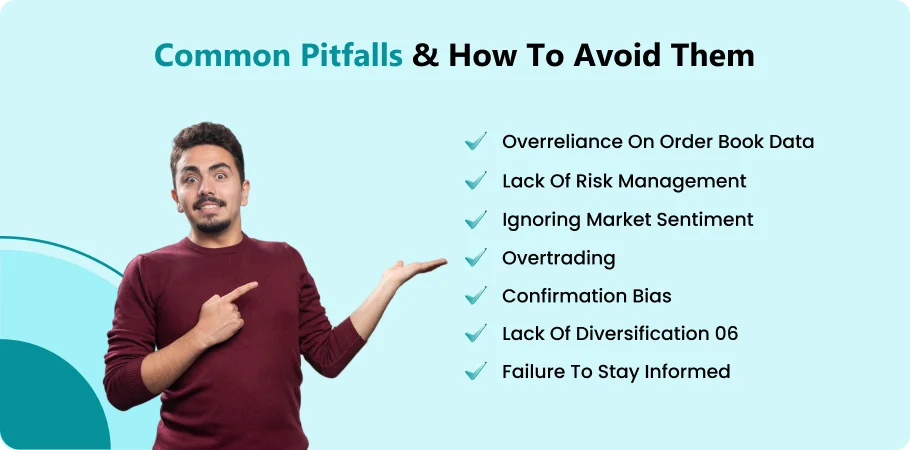
Neglecting Lead Nurturing:
Failing to nurture existing leads can result in lost opportunities. Regular engagement through emails, social media, and personalized content keeps your brand at the forefront of your mind.
Overlooking Lead Qualification:
Spending time on leads that could be a better fit can save resources. Ensure lead qualification is thorough and data-driven to focus on the most promising prospects.
Ignoring Post-Sale Relationship:
The sales process doesn’t end with a closed deal. Post-sale follow-up is crucial for retaining customers and encouraging word-of-mouth marketing.
By carefully navigating these stages and aligning the sales process with lead management strategies, businesses can improve efficiency, enhance customer experiences, and increase conversions. The key is to be adaptive, continuously refine lead management process based on feedback, and maintain a clear focus on meeting the needs of your leads at each step of their journey.
Measuring and Analyzing Lead Process Success
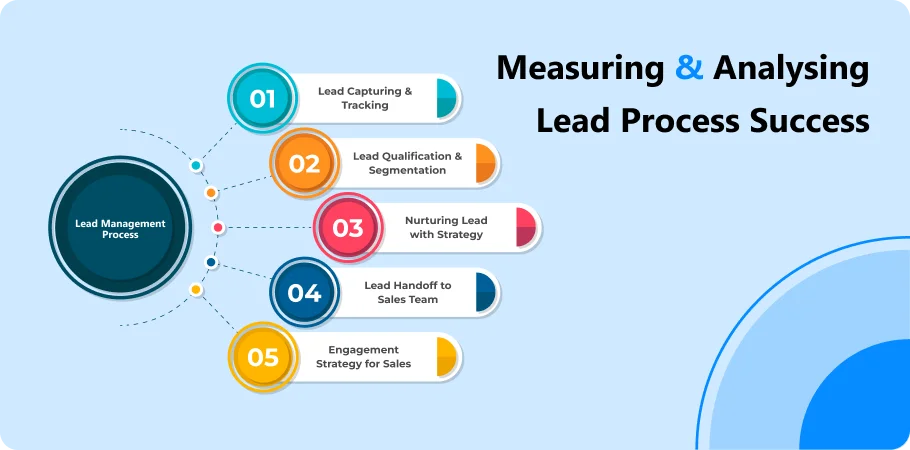
To ensure the long-term success of any lead management process, it’s essential to measure and analyze performance regularly. This allows businesses to understand what’s working, what isn’t, and where there’s room for improvement. Let’s delve into the key performance indicators (KPIs), tools, and strategies for optimizing your lead management process efforts.
Conversion Rate:
Measures the percentage of new leads that become customers. High conversion rates indicate that your lead qualification processes are effective in identifying qualified prospects.
Lead Volume:
Tracks the number of new leads generated over a specific period. This KPI helps gauge the effectiveness of your marketing campaigns and lead-generation efforts.
Cost per Lead (CPL):
Calculate the cost of acquiring a new lead, considering paid advertising and organic efforts. This KPI is crucial for evaluating the efficiency of your marketing spend.
Lead to Customer Ratio:
Assesses the quality and effectiveness of your lead management by comparing the number of leads to the number of actual sales.
Time to Conversion:
Measures the time it takes for a new lead to become a paying customer. This KPI can highlight inefficiencies in your sales pipeline and lead nurturing processes.
Customer Lifetime Value (CLV):
Estimates the total revenue a business can expect from a single customer account. This helps understand the long-term value of converting cold leads to customers.
Return on Investment (ROI):
Calculates the return from your generate leads and nurturing efforts, considering the costs of marketing campaigns and sales activities.
Tools for Analyzing Performance
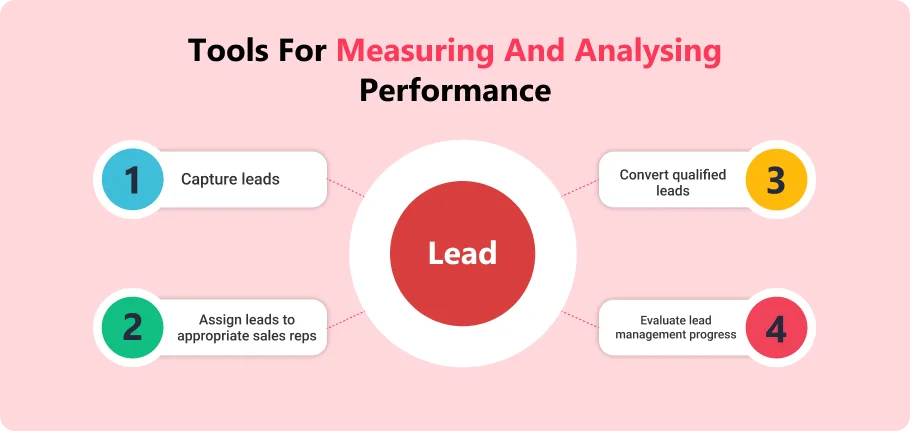
CRM Systems
CRM systems are designed to centralize all customer interactions, sales pipeline data, and lead information. By consolidating this data, CRM systems provide detailed analytics and reporting capabilities. These features help businesses track the progress of sales, monitor customer behavior, and analyze lead conversion rates. This centralized approach ensures that all relevant information is easily accessible and can be used to make informed decisions about sales strategies and customer relationship management.
Analytics Platforms
Analytics platforms, such as Google Analytics, offer valuable insights into website traffic and user behavior. These tools help businesses understand how visitors interact with their website, which pages are most popular, and where visitors are coming from. By measuring the effectiveness of online marketing efforts, analytics platforms enable businesses to identify which strategies are working and which need improvement. This information is crucial for optimizing marketing campaigns and improving overall website performance.
Social Media Analytics
Social media platforms often come with built-in analytics tools that measure engagement, reach, and conversion from social media posts and ads. These tools provide detailed data on how users interact with content, including likes, shares, comments, and clicks. By analyzing this data, businesses can determine the success of their social media campaigns and adjust their strategies to better engage their audience. Social media analytics also help in understanding the demographics and preferences of followers, allowing for more targeted marketing efforts.
Email Marketing Software
Email marketing software provides metrics on open rates, click-through rates, and conversions from email campaigns. These metrics are essential for evaluating the effectiveness of referral marketing and direct outreach efforts. By tracking how recipients interact with emails, businesses can gauge the success of their campaigns and identify areas for improvement. This data helps in crafting more compelling email content and refining targeting strategies to increase engagement and conversion rates.
Conclusion
In navigating the complexities of the lead process, we’ve explored the importance of building solid relationships with your target audience, structuring an efficient sales team, and implementing strategies for identifying and nurturing leads. Let’s encapsulate the journey from initiating a sales call to converting a sales prospect into a loyal customer, offering actionable advice and resources for further learning.
By following these steps and continuously refining your approach, you’ll transform your leads funnel into a customer conversion machine. Remember, the sale isn’t the finish line; it’s the beginning of a long-term relationship. Invest in customer success to cultivate loyalty and unlock the true potential of your sales pipeline.
Get started for Free
Start for free today. Boost your sales by clicking the Get Started button. With CRMOne, you can manage leads, sales, and customer service all in one place.
